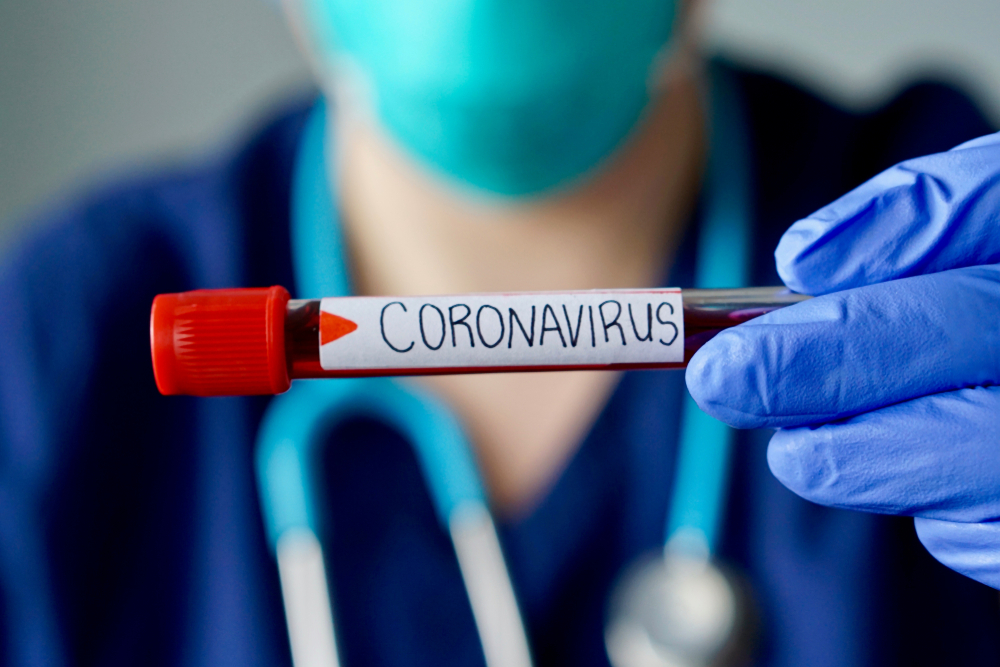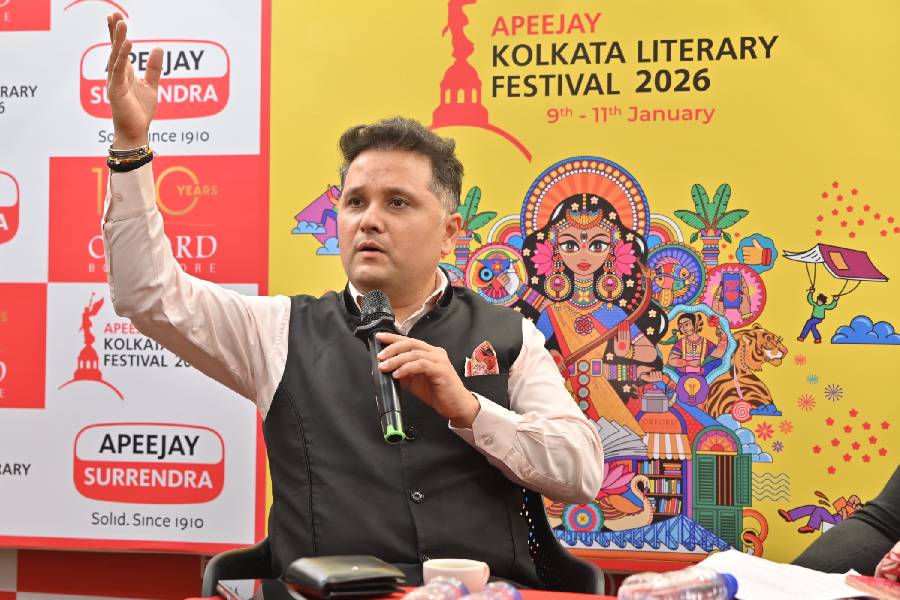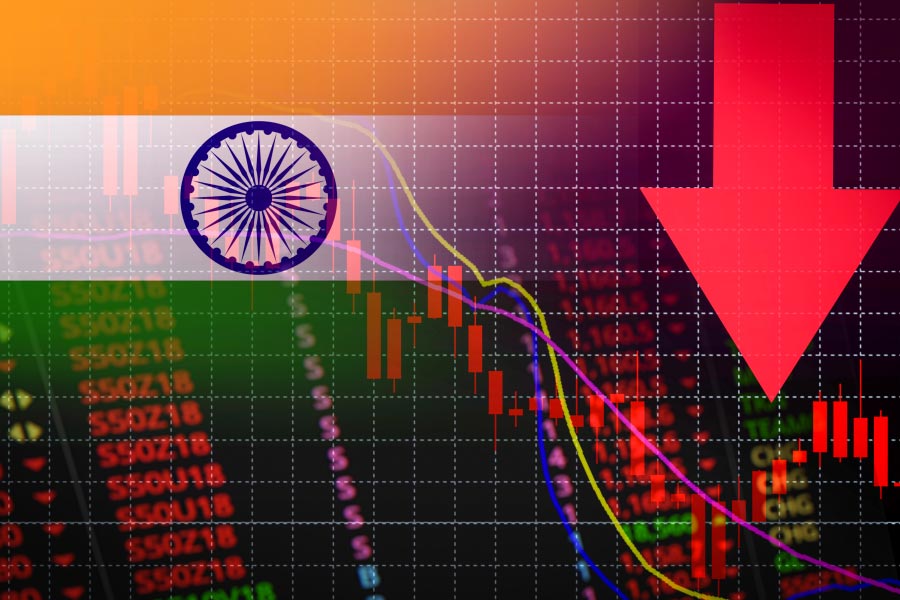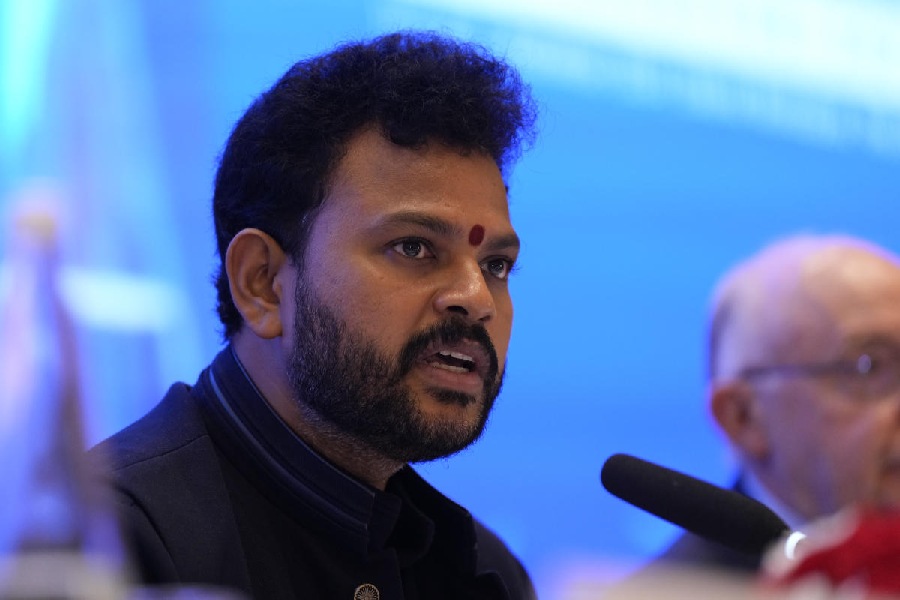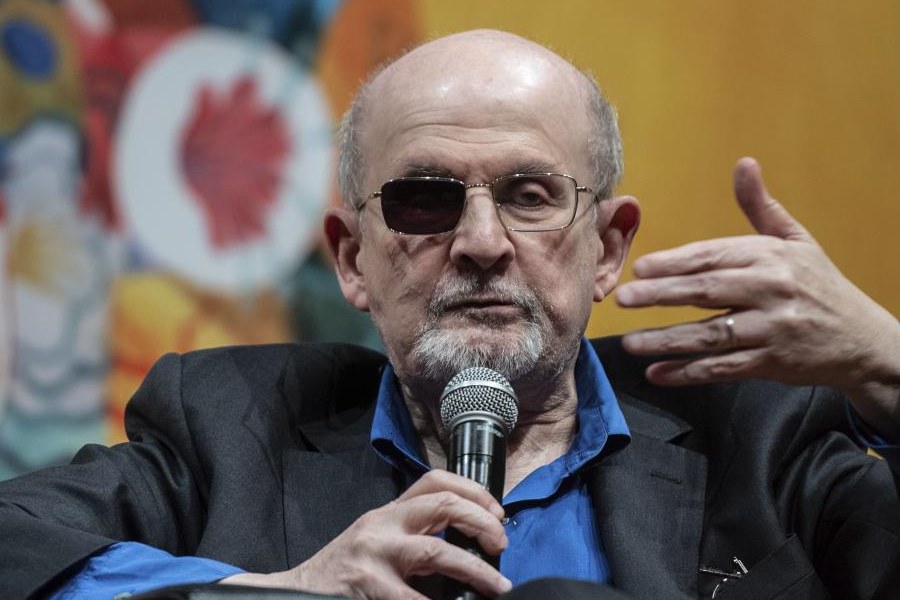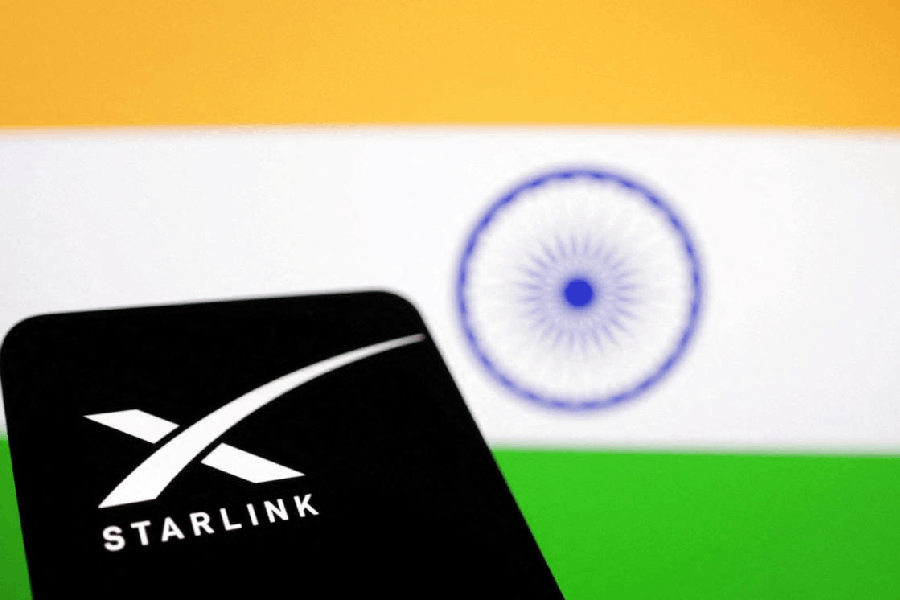An unprecedented pandemic. The coronavirus disease (Covid-19) caused by the novel coronavirus Sars-CoV2 has caused a worldwide pandemic. Infected cases in the world have crossed 2 million and already resulted in more than 1.39 lakh deaths. At this point, India has also reported more than 11,000 cases and over 450 deaths. Due to the “novelty” of this coronavirus, we are not yet equipped with a vaccine or any proven anti-viral drugs to fight this pandemic, although biomedical scientists in India, just like all other parts of the world, have greatly ramped up their research to come up with suitable vaccines and drugs as soon as possible. But one must not think that contracting infection with this novel virus always portends grim outcomes. That is not at all true. Most of the patients who are infected are having very mild disease, just with flu-like symptoms. In some cases there are no symptoms at all.
Why Sars-CoV2 is so different?
Then why is it wreaking such a havoc worldwide? The secret lies in its propensity of spread. According to a key epidemiological parameter, the Basic Reproductive Ratio, Sars-CoV2 seems to be far more contagious than other recently encountered viruses. What is Basic Reproductive Ratio? In simple terms, it denotes the number of healthy people who can get infected by a single infected person, when the whole population is susceptible. Estimates on the Basic Reproductive Ratio of Sars-CoV2 ranges from 2.2, as per reports from the Chinese Center for Disease Control and Prevention as well as University of Hong Kong, to 5.5, according to a more recent report from the Los Alamos National Laboratory in the US. These were calculated based on data from Wuhan. Now let’s remind ourselves what was the Basic Reproductive Ratio for other virus infections which also resulted in more limited pandemics in recent past. The number for the influenza virus that caused the 2009 pandemic was estimated to be 1.4-1.6, for Ebola it is around 1.5-2.5.
The high-risk groups
In some people, the infection comes with undesired outcomes, mostly people who are old, or have pre-existing health conditions, like uncontrolled diabetes, hypertension or long-term kidney disease. Age seems to be a critical factor — while, as per Chinese data — only 2 out of 1,000 deaths are reported in children, young adults and people below 40 years of age, the rate goes up to 1 in 10 beyond 70 years of age. Finally, despite the really mild disease in most of the infected people, due to the high contagiousness of the virus the people who are susceptible to rather severe infections have greater chance of contracting the infection.
Convalescent plasma: what and why?
In the current phase of this pandemic, convalescent plasma therapy, an age-old practice for immunisation, provides great hope for severely ill patients. On infection with such viruses, our body immune system gets into work and starts producing chemicals that can neutralise the viruses and prevent the disease from worsening. These are called antibodies, which are released by specialised cells in the body called B cells. Any person in whom this antibody generation in response to infection is efficient and the antibodies are present in the circulating blood in sufficient quantities, fights the disease better and recovers. But persons whose immune system fails to do this succumbs to the infection. The convalescent plasma therapy works on the premise of equipping this second group of people with the antibodies, taken from the recovered patients, thus supporting their immune system to fight the infection more efficiently. As the antibodies are soluble chemicals and circulate in the blood, one can take the fluid part of the blood, ie. plasma, from the recovered patients and introduce it to the non-recovering patients. Thus recovering patients are assets and their help to passively immunise other patients can save a lot of lives.
Biomedical research agencies in India, like the Indian Council of Medical Research (ICMR) and Council of Scientific and Industrial Research (CSIR), have already taken initiative to promote this therapy in different parts of the country. CSIR has already approached the Bengal government to initiate this programme in collaboration with the clinicians working in the designated Covid hospitals. The Bengal government has already approved the proposal and scientists from Indian Institute of Chemical Biology, Calcutta, and doctors from Beleghata ID Hospital and the Calcutta Medical College and Hospital have started preparations for this approach. ICMR has already approved a similar trial in Kerala. More such programmes are coming up in many other hospitals all around India.
A critical armament in this fight?
But these programmes will only be successful if a large number of people, who have recovered from the coronavirus infection, come forward and volunteer to donate their plasma. This is a great way to contribute to this worldwide fight against this pandemic. The fight is being fought by numerous health professionals, doctors, nurses, sanitation workers, police, administration, and last but not the least the citizens who are abiding by the directives in countrywide lockdown. Think of the fight taken up by the kids who are homebound entertaining themselves on their own, while most of them are also unable to attend school. The fight has also touched greatly the workers all around the country who are unable to secure their earnings amidst this lockdown. It is an unprecedented moment in human history when the whole humanity is fighting a menace together. But the volunteering plasma donors will perhaps be the most effective soldiers in this fight. The severely ill patients will greatly benefit from this donated armament to fight off their disease, and recovering them from the infection is perhaps the greatest benchmark for a fight won by the humanity.
The writer is a scientist at CSIR-Indian Institute of Chemical Biology, Calcutta (Dipyaman.Ganguly@gmail.com)

